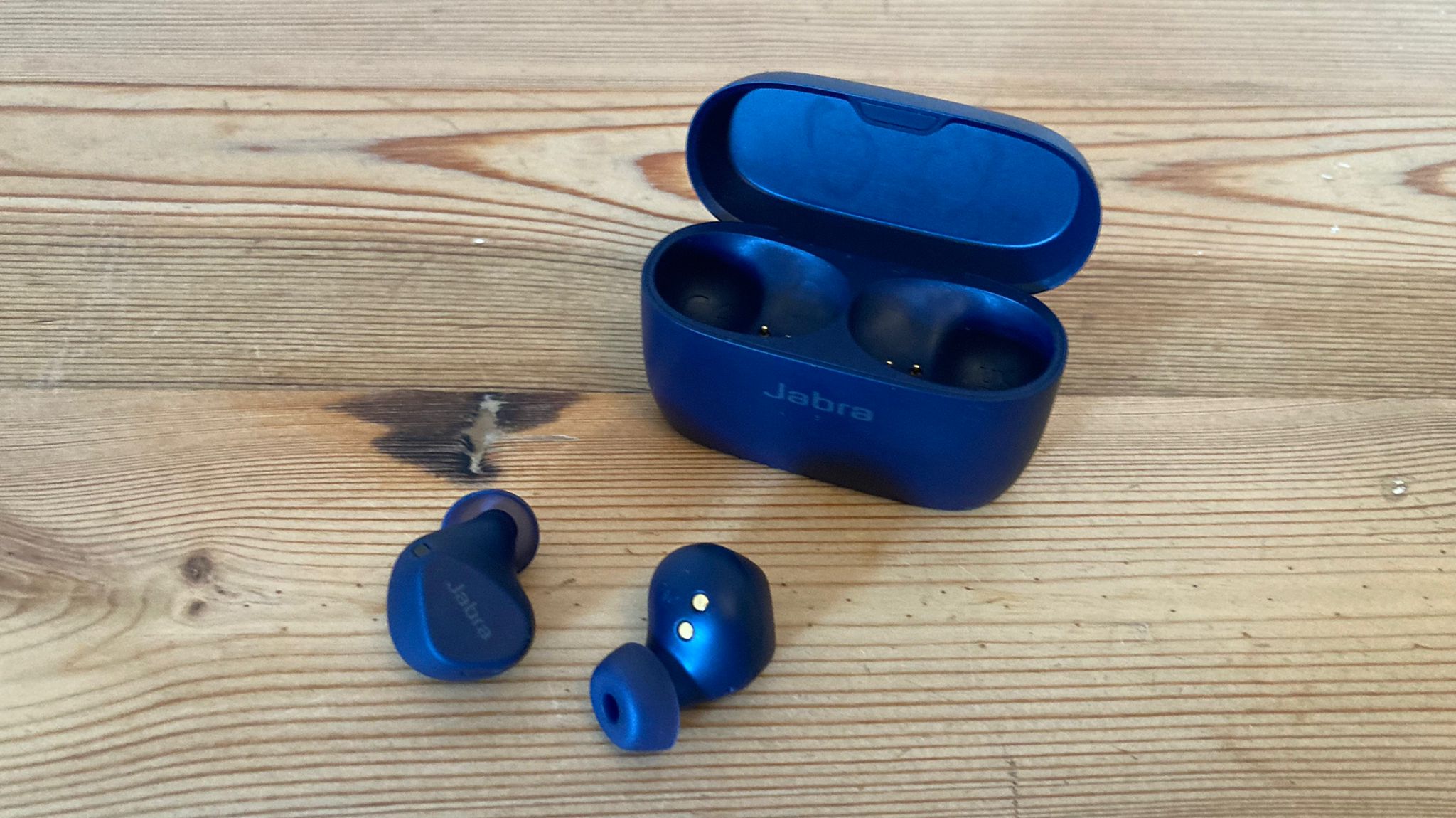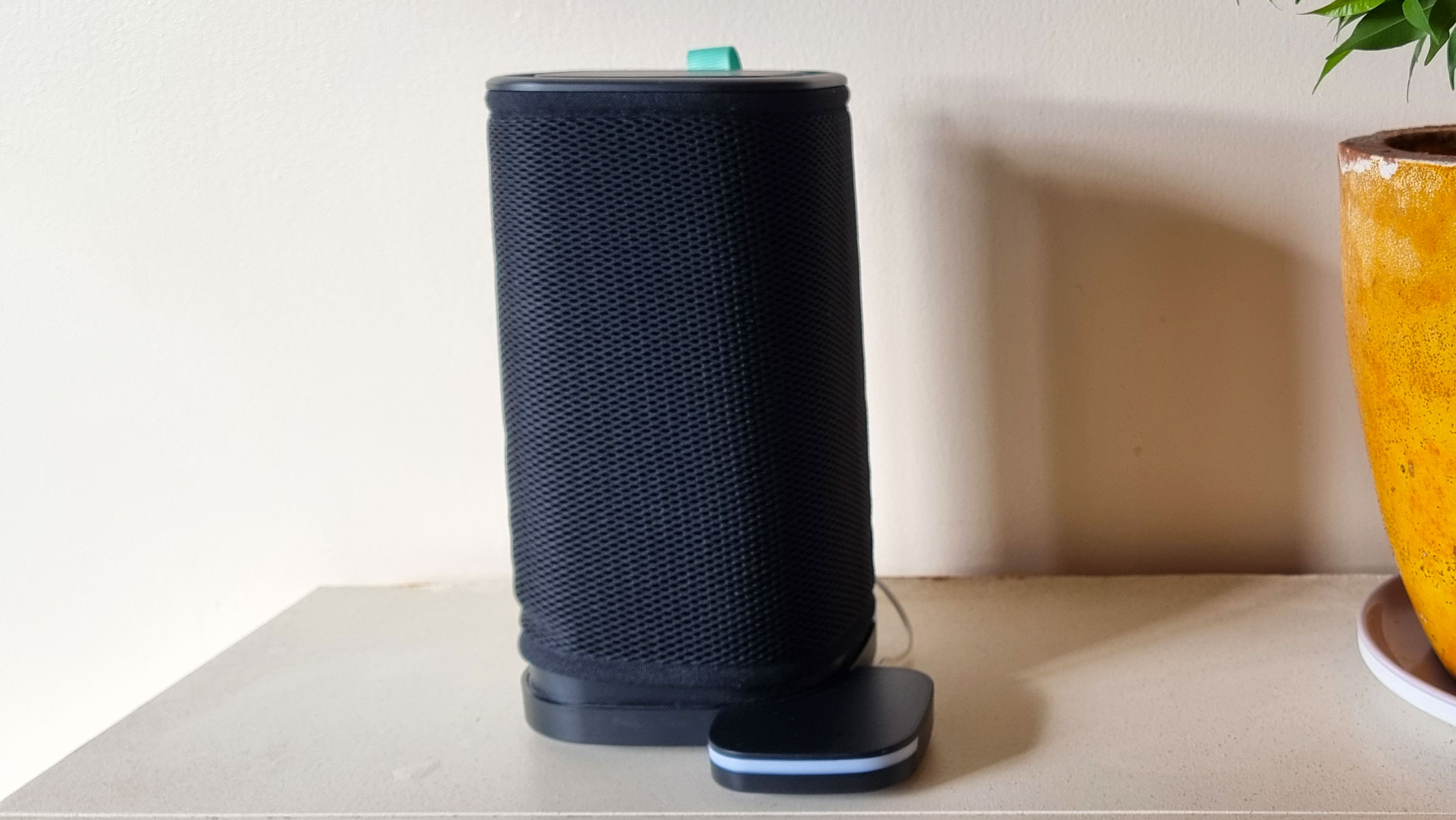Live Science Verdict
The Jabra Elite 4 Actives are a fantastic pair of running headphones, offering a brilliant fit, great sound, solid battery life and sturdy design for under $120. We would recommend them to anyone looking for a reliable pair of headphones for sport or exercise (particularly if you don’t like the feel of intrusive ear hooks and silicone fins).
Pros
- +
Natural fit
- +
Enjoyable, lifelike sound
- +
Up to 28 hours battery life with portable charging case
Cons
- -
Buttons can be a bit difficult to press while running
- -
Plastic charging case feels cheap
Why you can trust Live Science
The Jabra Elite 4 Active earbuds rip up the rulebook when it comes to audio design. During our testing, we've found that the vast majority of the best running headphones have either plastic hooks or silicone fins, applying pressure around the inside or outside of the ear to keep the headphones in place. The Jabra Elite 4 Actives have neither, yet they stayed in our ears throughout sprints, squats, handstand push-ups and skipping. So, what gives?
Smart enabled/compatibility: Yes
Waterproof: Water resistant, IP57
Battery life: 7 hours (up to 28 hours with charging case)
OS support: Yes
Bluetooth: Yes
Noise-canceling: Yes
Well, the brand has designed a set of headphones with clever, ergonomic frames that rest gently against the ear, offering a similar security to other models without the intrusive plastic or silicone extras. We really liked this natural feel, which was so comfortable we might've forgotten we were even wearing them (if it wasn’t for the great sound).
The buttons on the frames (in place of touch controls) are a bit clunky to use, but it does add to the buds overall robust feel. They’re IP57-rated too, so can handle dust, rain and sweat — ideal for trail running.
So, if you’re after a pair of headphones for running and don’t want clunky fins or hooks clogging up your ears, the Jabra Elite 4 Actives are your ideal sporty sound system.
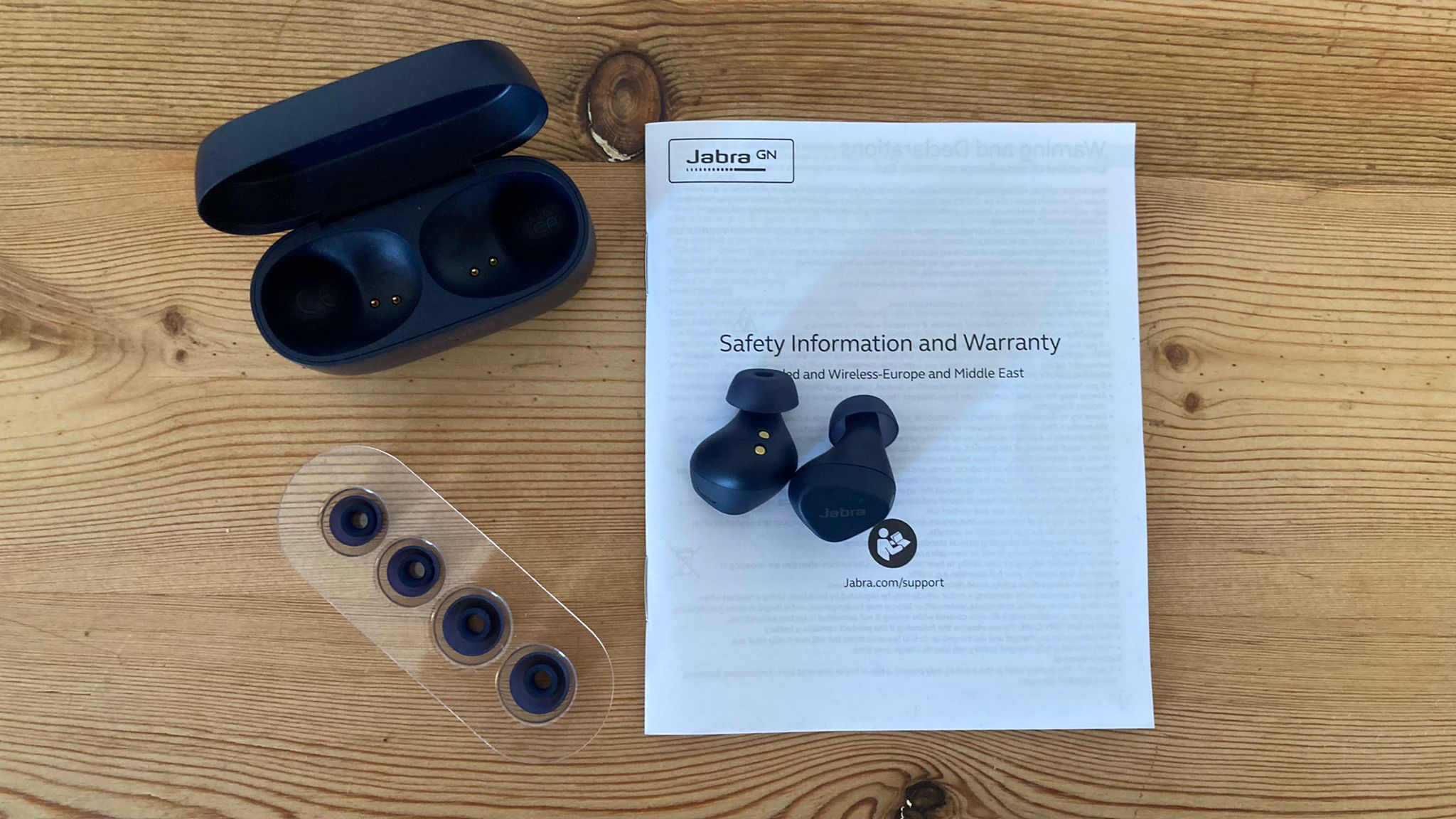
Price and release date
The Jabra Elite 4 Active headphones were unveiled at CES 2022 - an annual tech event held in January this year. They are the mid-price option among Jabra’s offering of sport headphones, sitting between the premium Elite 7 Active and their more affordable predecessor, the Elite 3 Active.
The Jabra Elite 4 Actives have an MSRP of $119.99 or £119.99 in the UK. This puts them towards the lower end of the price spectrum, compared to other top running headphones we tested, earning them top marks for affordability.
Set-up and design
It’s no exaggeration to say you can start listening to your music through the Jabra Elite 4 Active headphones within seconds of opening the box. The set-up is devilishly straightforward — just hold down the buttons on either frame for three seconds and the buds should link to your phone, no problem.
You can personalize your listening through the Jabra Sound+ app, which lets you play with the EQ settings or choose from a few presets. You can also choose between Active Noise Cancelation (ANC) or the buds’ HearThrough mode, which allows some ambient noise through so you can stay aware of your surroundings.
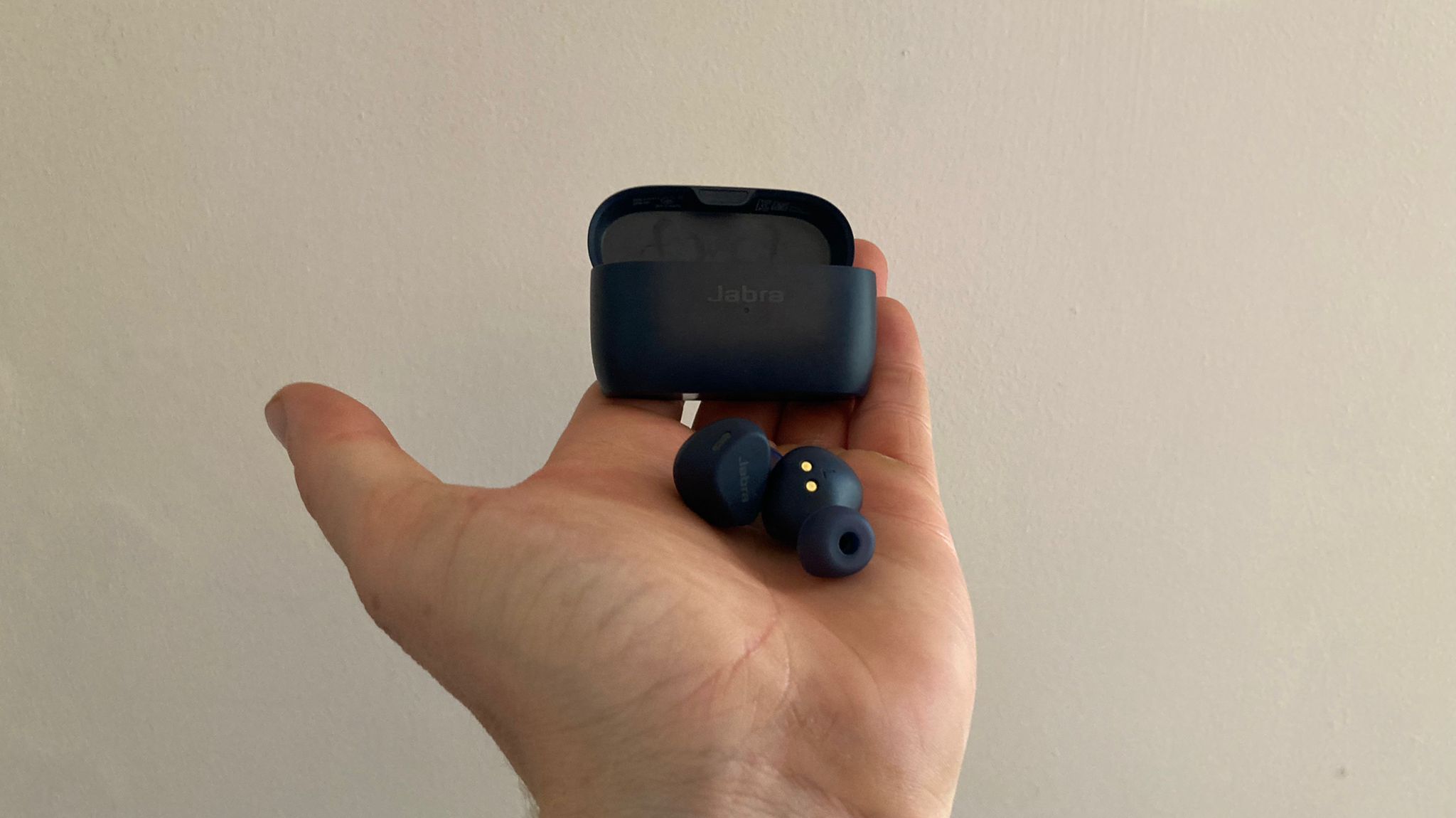
The headphones come with three sizes of silicone tips to help you find a secure fit, and a cleverly-shaped ergonomic frame that sits against the bottom of the inner ear to stop them jiggling around.
The plastic case feels a bit flimsy, but the buds themselves are robust and hard wearing (the portable charging case also has the added benefit of boosting the Elite 4 Active’s battery life from seven hours to an impressive 28).
Controls
Delighted to be different, the non-conformist Jabra Elite 4 Actives ditch the usual touch controls and volume rockers in favor of a single button concealed on the outer edge of either frame.
Despite the understated nature of these controls, they do wield a surprising amount of power over your listening. For example, you can pause, play, skip and even change the volume without needing your phone. Their function switches when you receive a call too, so you can accept it, reject it, and even mute or unmute your mic from your ears.
While the functionality is impressive, we did find them a bit more difficult to press than the touch controls of the Bose Sports, or the buttons and volume rocker of the Powerbeats Pro — particularly when we were running or on the move. The feel of pressing the button may split opinion too. Some people might like the tactile, tangible process of feeling it click, but we found the sensation of the silicone tip being pushed further into our ear canal wasn’t particularly pleasant.
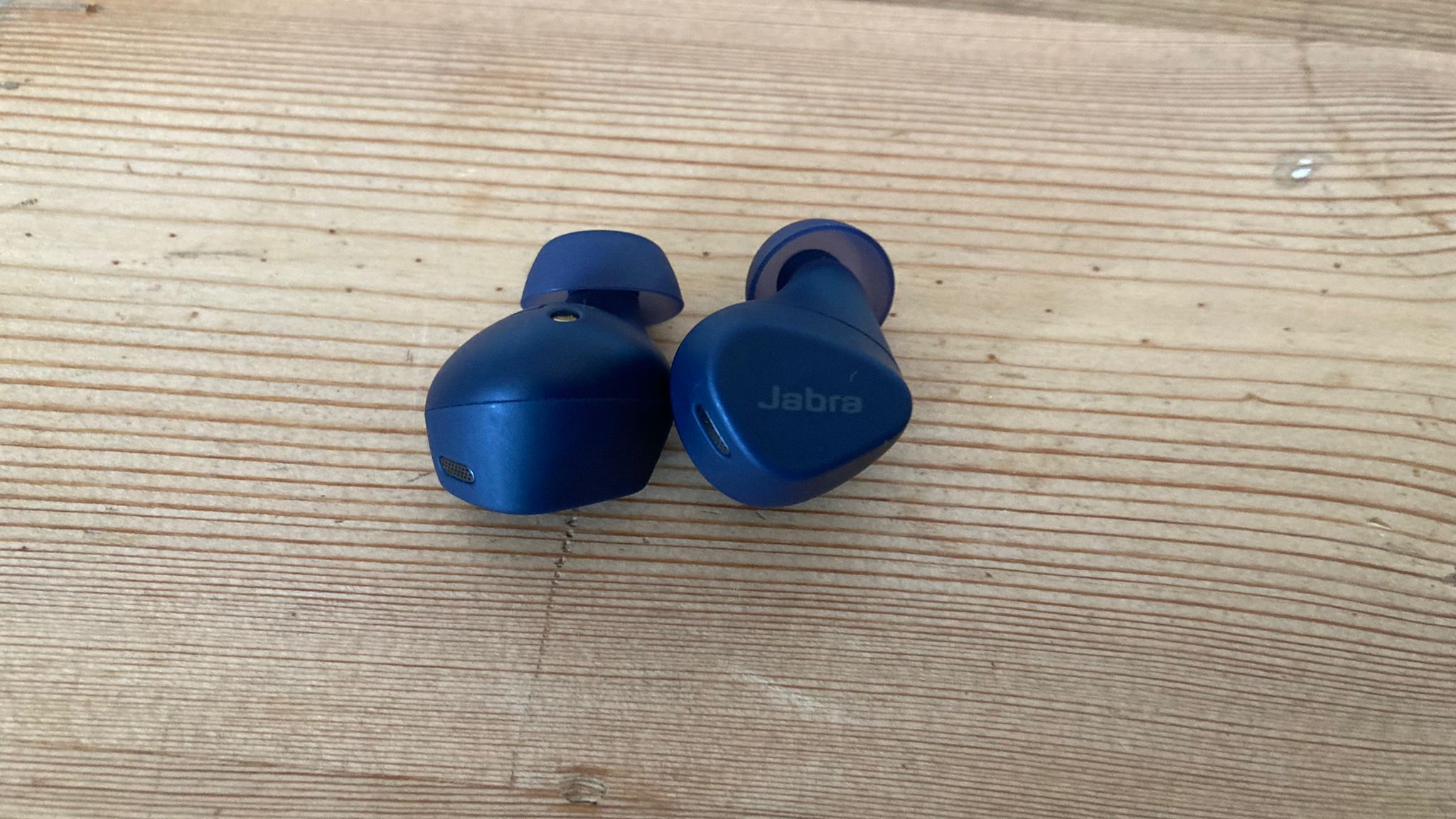
Fit
The fit of these earbuds is what sets them apart from other running headphones. The majority of their competitors use ear hooks or silicone fins to lock themselves in place, which our fitness testers found a bit intrusive. However, the Jabra Elite 4 Actives have an ergonomic design to provide a “secure active fit” that won't leave your ears aching.
Jabra says the buds will “move with you” when you exercise, so they stay firmly in place. However, never ones to take a marketing department at their word, we decided to put this claim to the test — and we were pleasantly surprised with the results.
We wore them for easy miles and fast-paced runs, on exercise machines and for HIIT sessions, even during CrossFit WODs packed with high-impact exercises like handstand push-ups and double-unders. And, while there was more movement than the likes of the Bose Sport and JBL Reflect Flow Pros, they didn’t fall from our ears once.
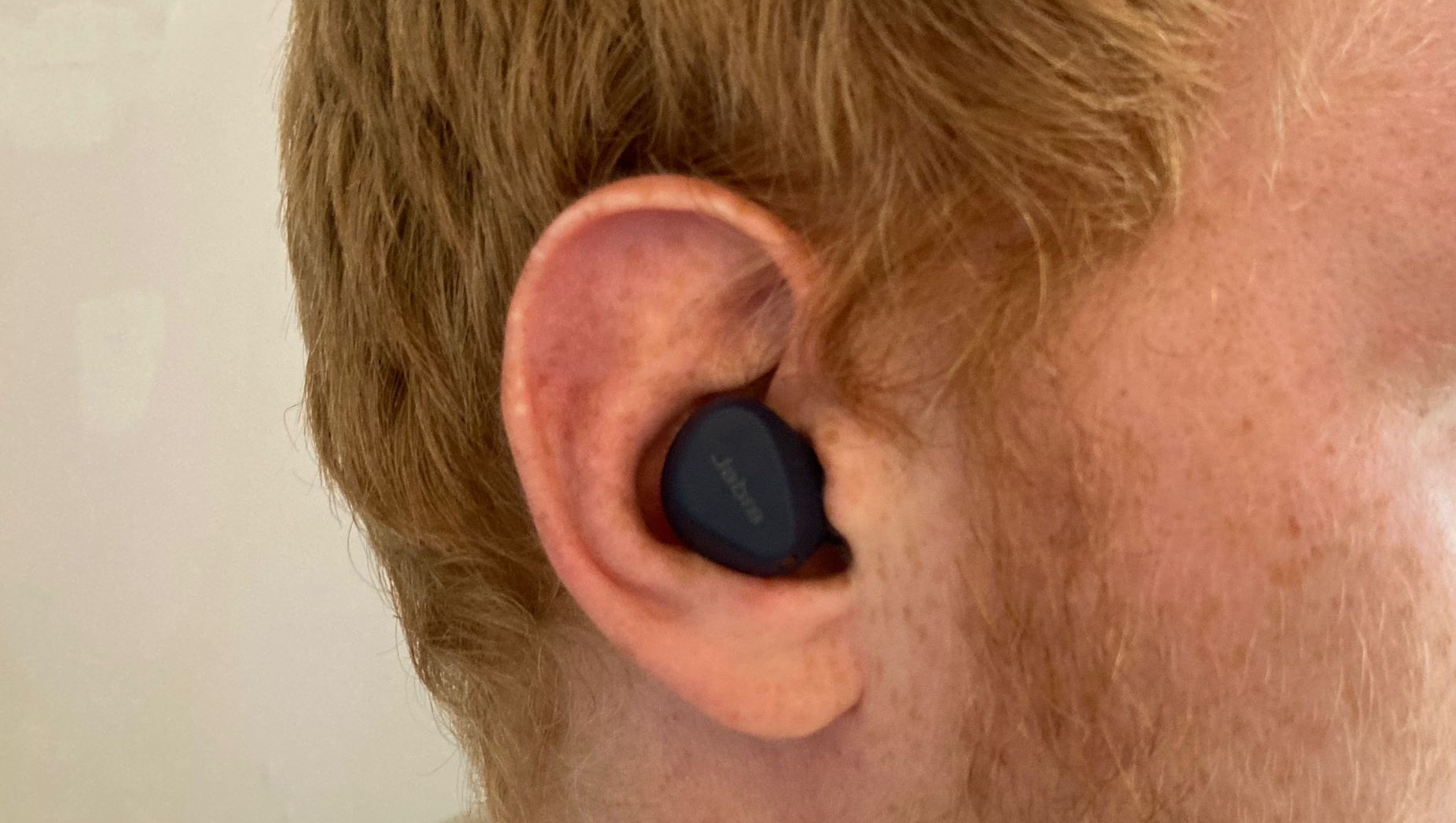
Sound quality
Sound quality can be such a subjective thing, but we really got on well with the Elite 4 Active’s audio. In our experience, it was faithful to the original recordings with a well-balanced sound.
It’s unlikely sports headphones will ever match the sound quality of audiophile-oriented buds and over-ear cans. But the small yet mighty Jabra Elite 4 Actives pack plenty of power. And, in the category of sports headphones, we think you’ll struggle to find a new pair that sound this good at a price this reasonable.
They have Active Noise Cancelation too, which is a big bonus for headphones under the $120 mark. This won’t make you feel like you’re in an empty room, as the best noise-canceling headphones can, but we could really hear the difference when you switch between this and the HearThrough mode.
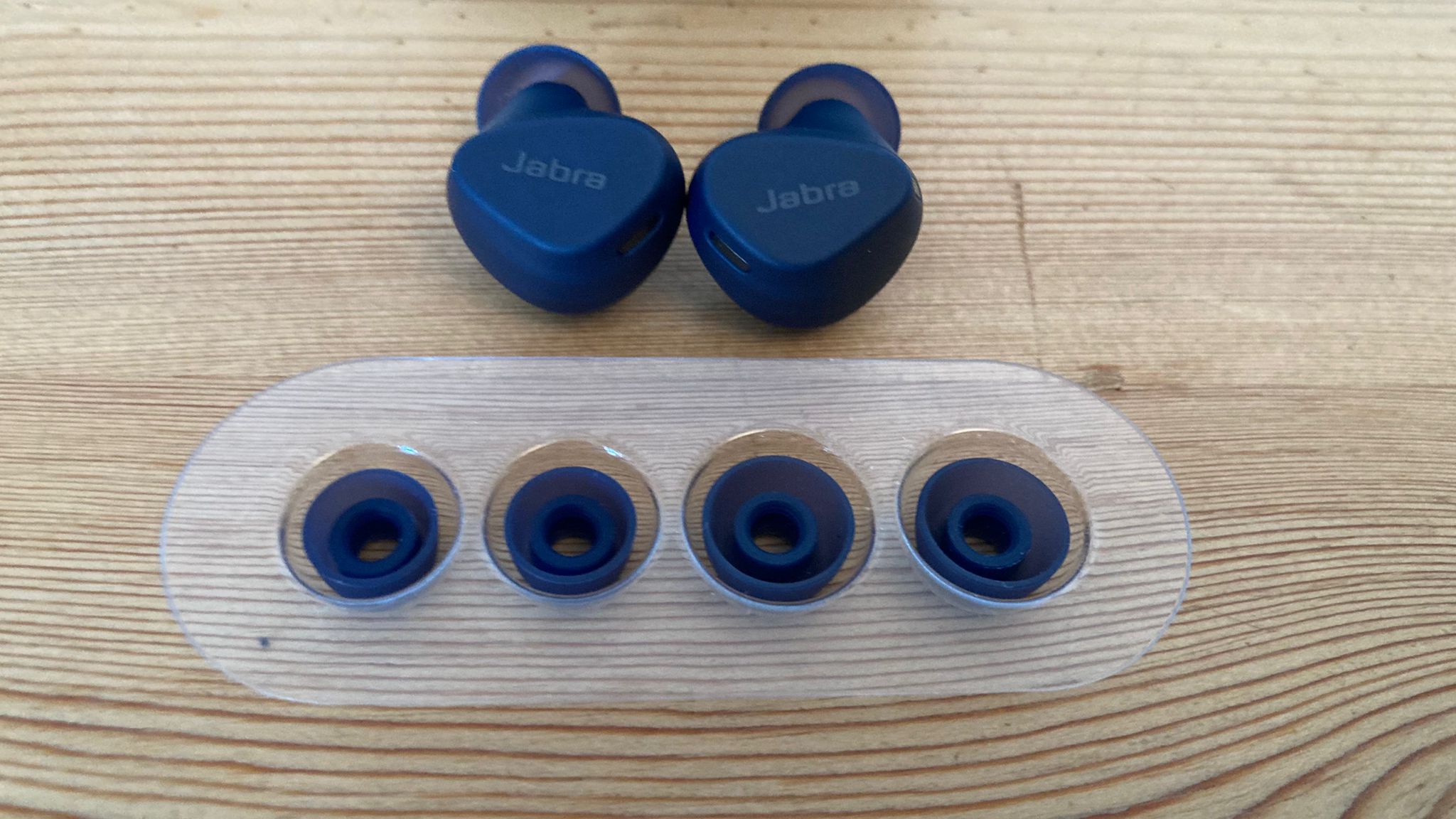
Verdict
The Jabra Elite 4 Active earbuds aren’t like other running headphones, providing a secure fit with their ergonomic frame rather than the usual silicone fins and ear hooks which some people find intrusive and uncomfortable. The result is an incredibly comfortable, natural feeling pair of headphones that don’t fall out during intense exercise. And they sound great, to boot.
Alternatives
Beats Powerbeats Pro

If you fancy spending a bit more for a completely bulletproof fit, the Beats Powerbeats Pros are an excellent set of headphones. Their malleable hooks sit snugly around your ears to ensure they stay put through intense activities like hill sprints and box jumps, and their button-based controls allow you to control your music comfortably without retrieving your phone from your pocket.
Shokz OpenRun
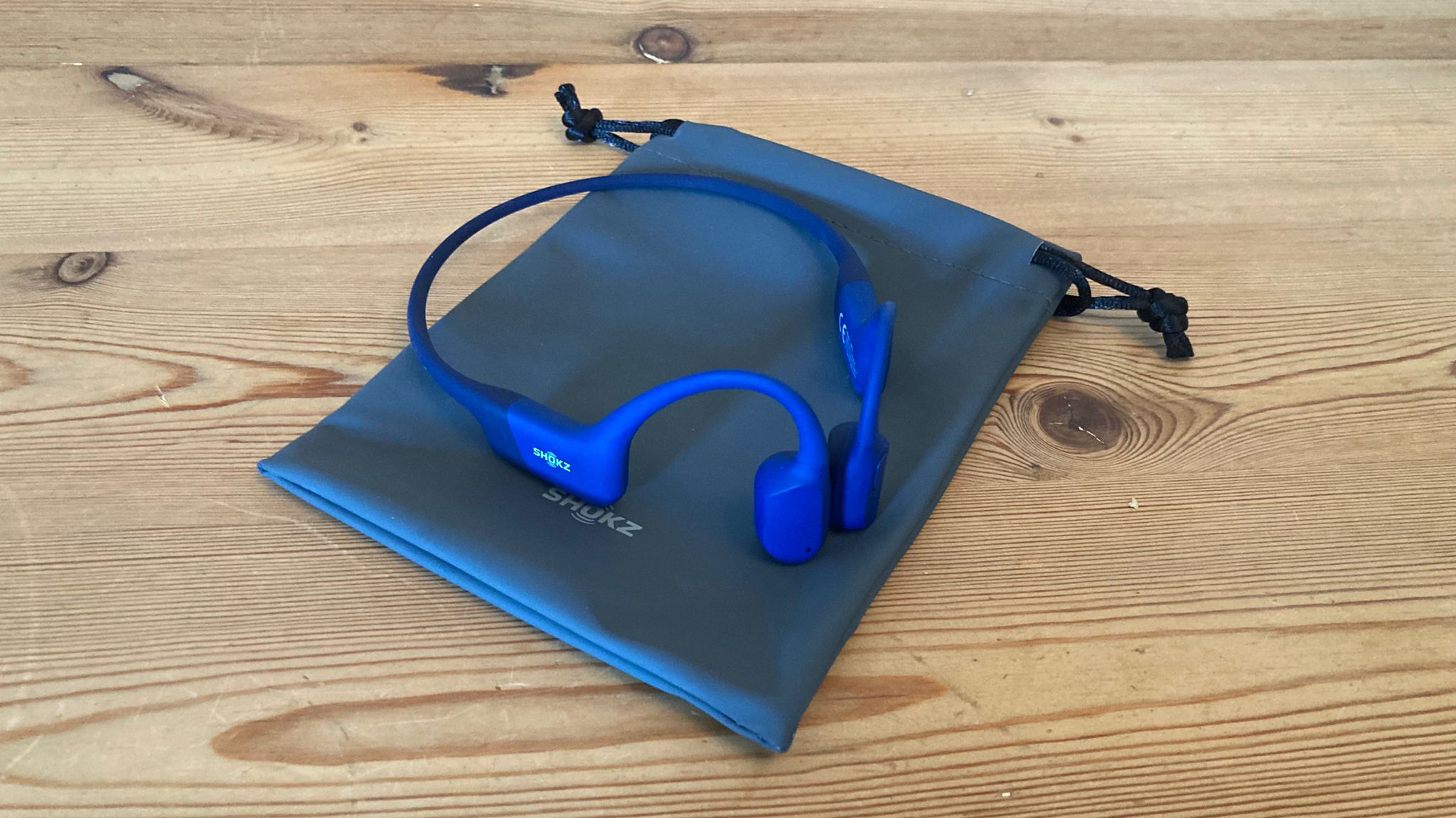
Or, if you’re a dedicated runner wanting to keep your ear canals free so you can hear your surroundings (and supporters on race days) then the Shokz OpenEars are the headphones for you. They use bone conduction technology, with two buds that sit at the top of your cheeks and send sound to your ears through vibrations. This leaves your ears clear so you can be aware of oncoming traffic, and even have a chat with your running buddy while listening to music.

Harry Bullmore is a fitness writer covering everything from reviews to features for LiveScience, T3, TechRadar, Fit&Well and more. So, whether you’re looking for a new fitness tracker or wondering how to shave seconds off your 5K PB, chances are he’s written something to help you improve your training.
When not writing, he’s most likely to be found experimenting with a wide variety of training methods in his home gym or trying to exhaust his ever-energetic puppy.
Prior to joining Future, Harry wrote health and fitness product reviews for publications including Men’s Health, Women’s Health and Runner’s World. Before this, he spent three years as a news reporter with work in more than 70 national and regional newspapers.
